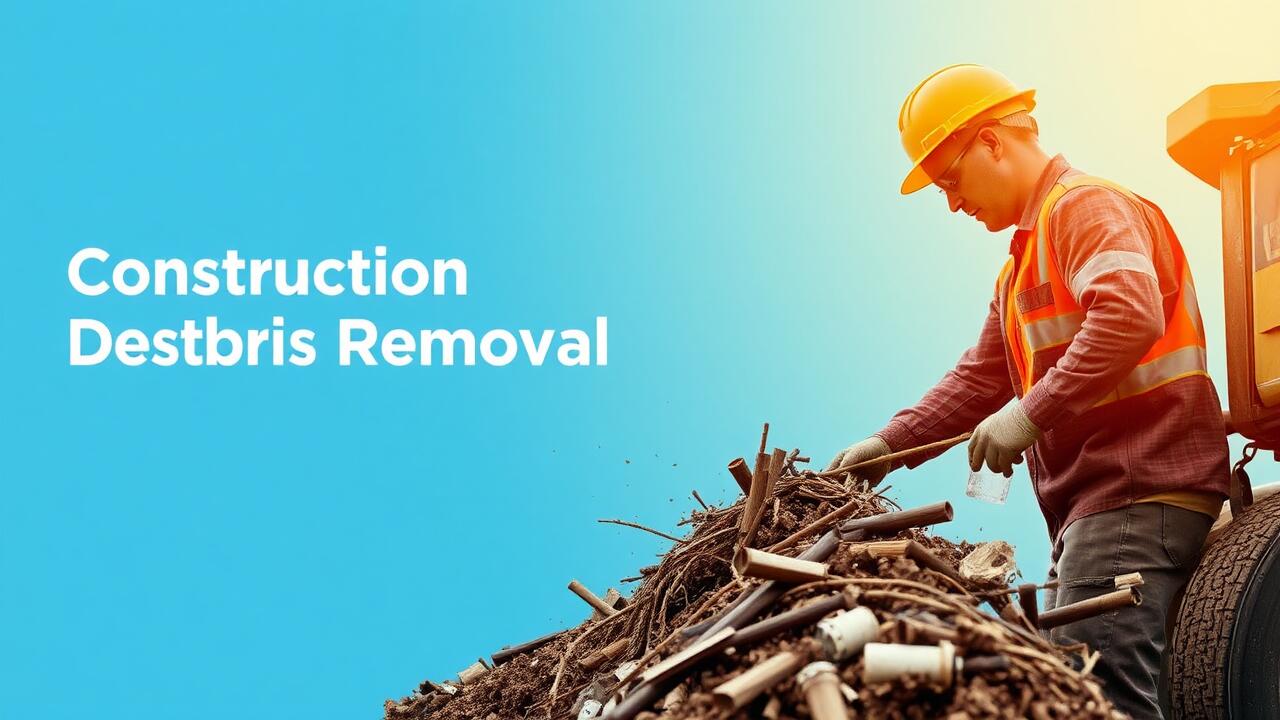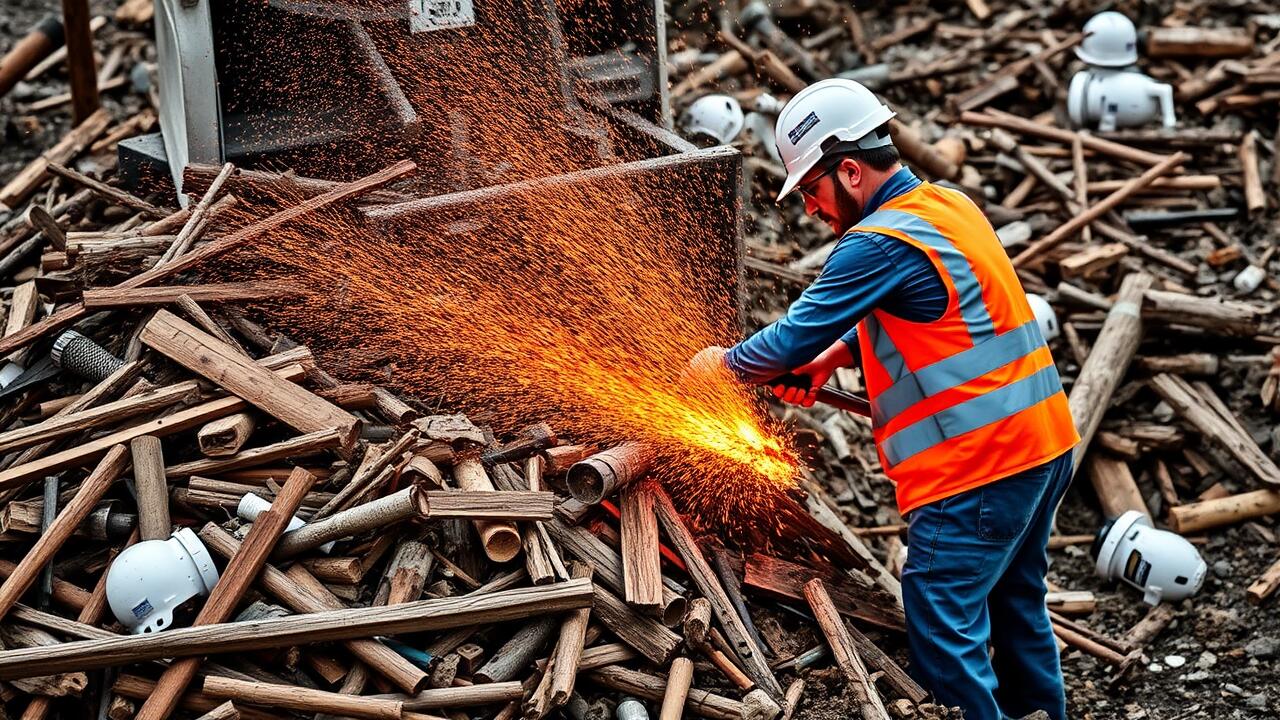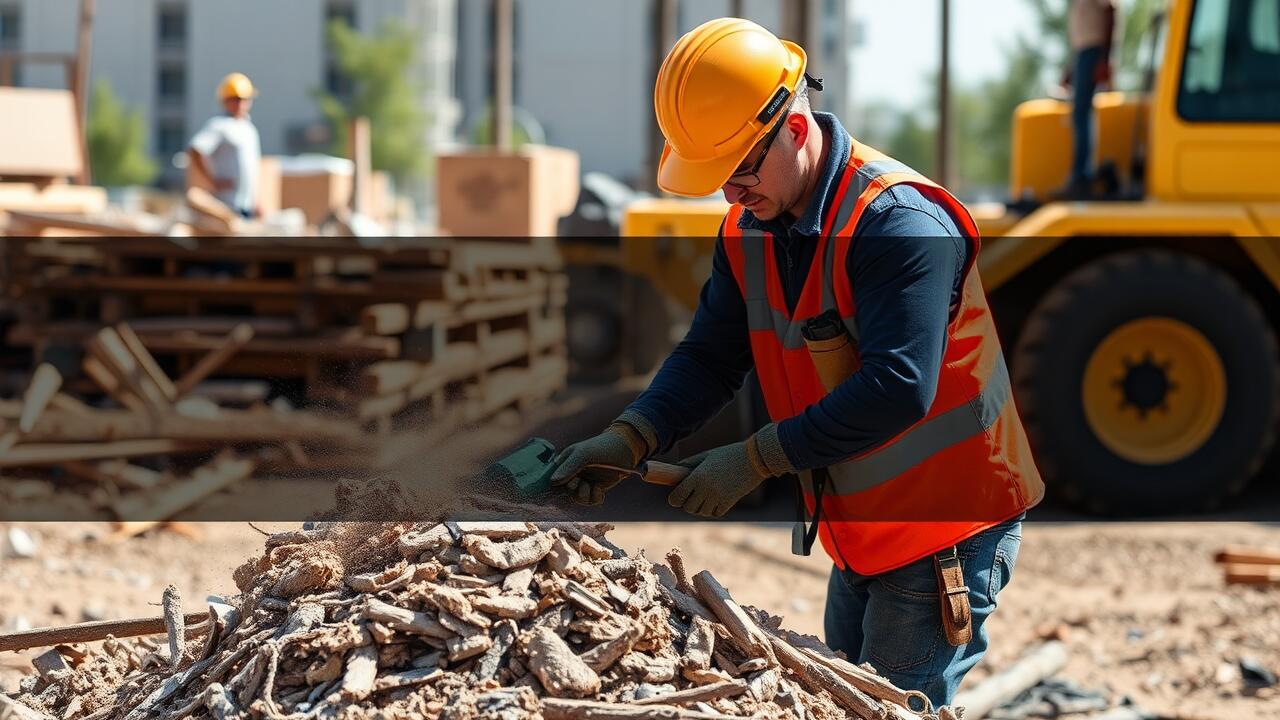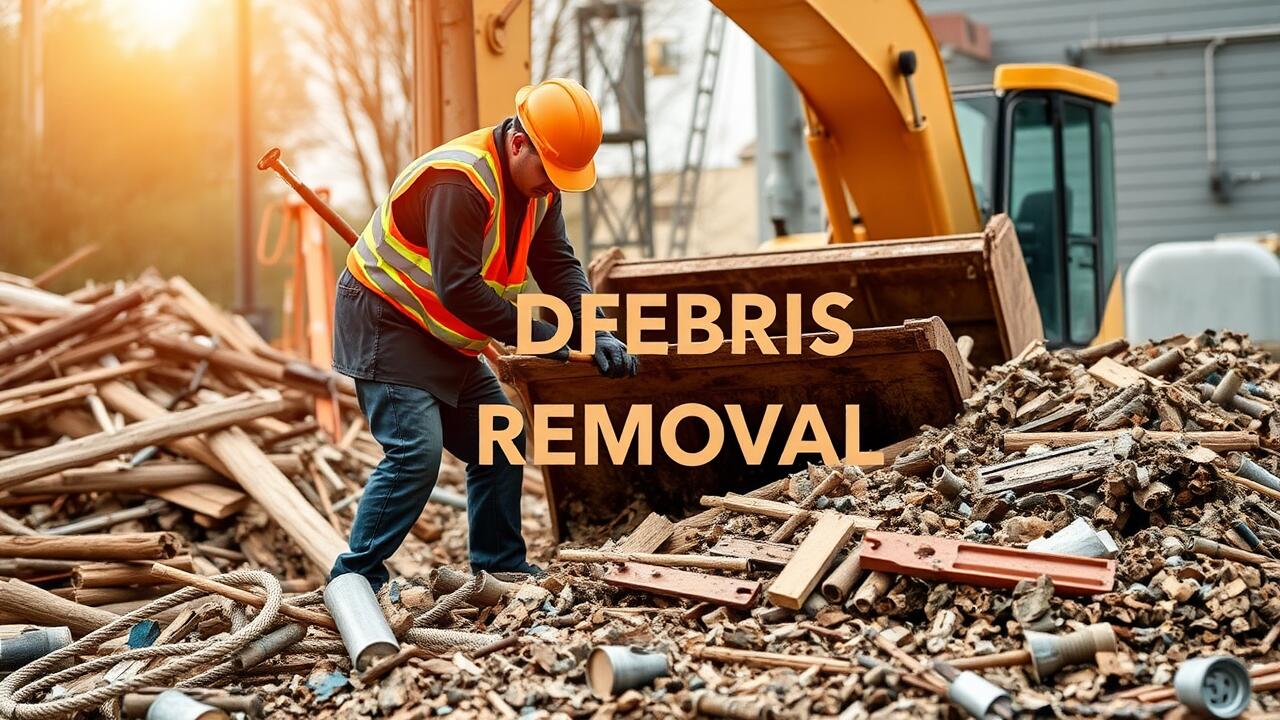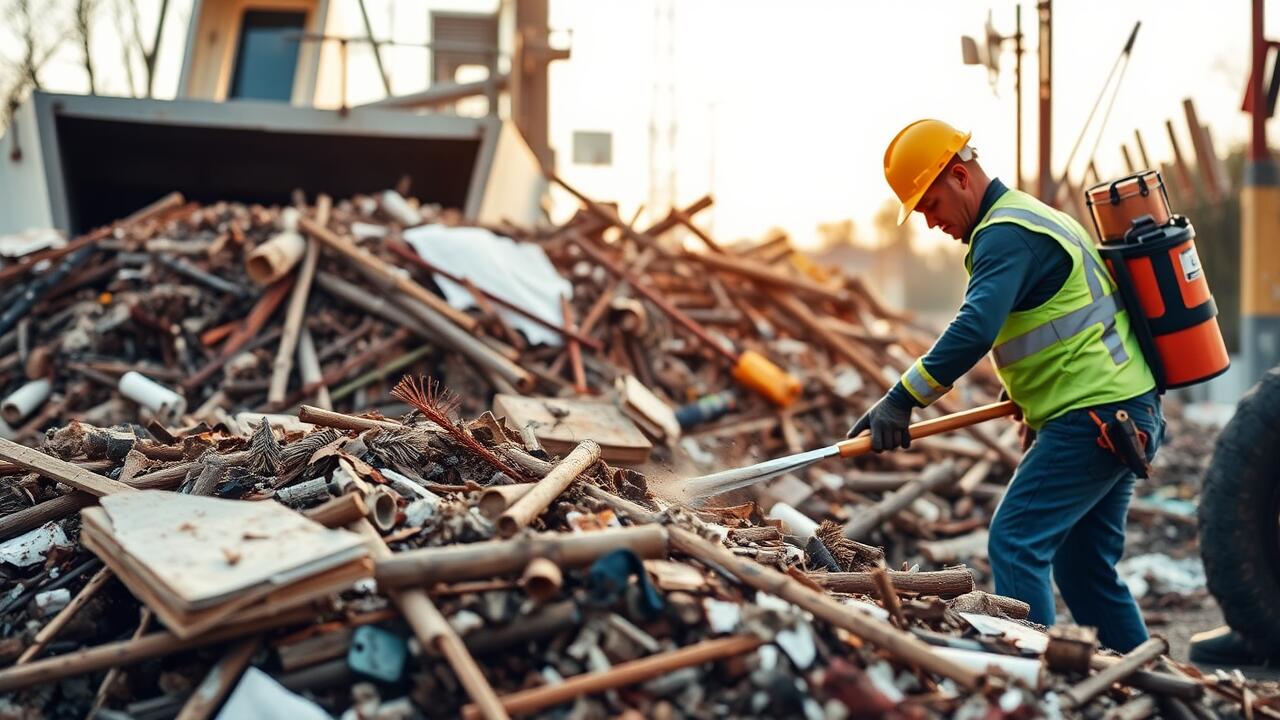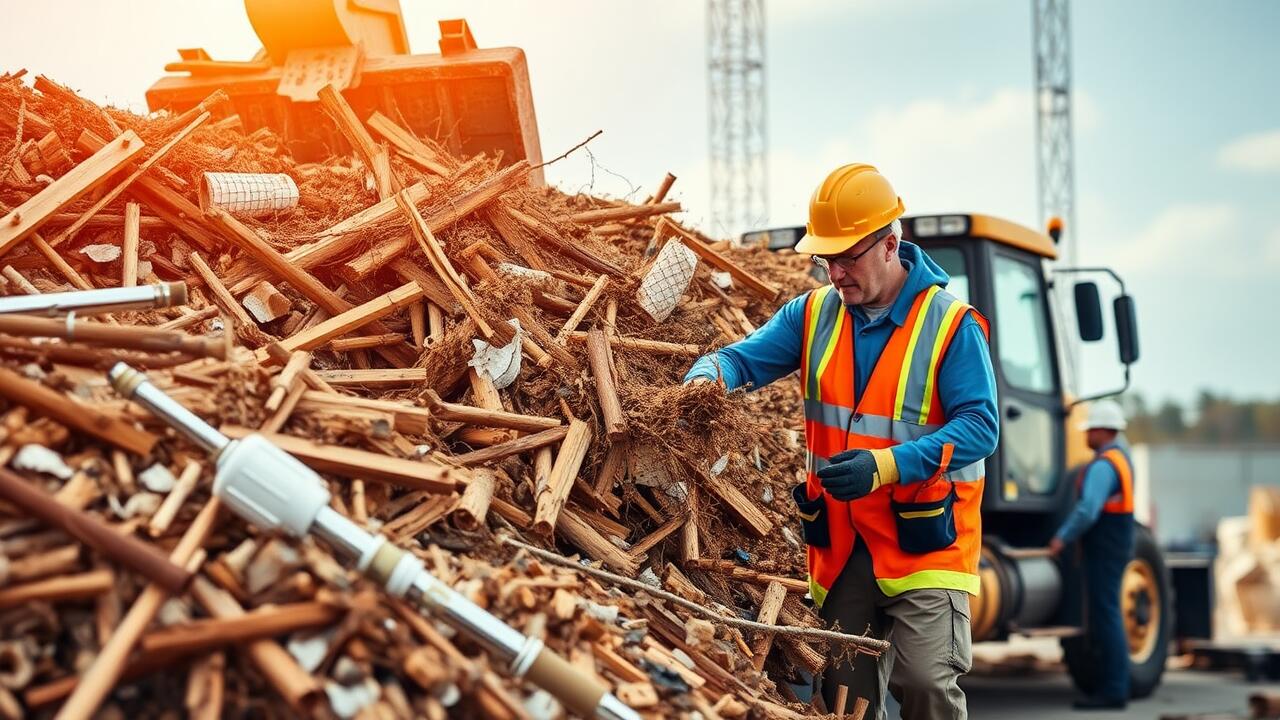
Industrial Metal Scraps
Industrial metal scraps primarily originate from manufacturing processes, construction projects, and machine maintenance activities. These scraps include excess metal, production leftovers, and outdated or damaged equipment that is no longer in use. Industries such as automotive, aerospace, and electronics contribute significantly to the generation of these materials. The management of these scraps is essential not only for operational efficiency but also for environmental sustainability.
When dealing with industrial metal scraps, companies often collaborate with services that specialize in collection and disposal. One such service is Construction Debris Removal Estrella, Phoenix, which focuses on the collection of metal waste from construction sites and factories. Proper segregation and recycling of these metals can lead to the recovery of valuable resources, reducing the need for virgin materials and minimizing landfill waste.
Sources of Industrial Metal Waste
Industrial metal waste originates from various sectors, including manufacturing, construction, and automotive industries. Factories often produce metal scraps as byproducts of machining, welding, and fabrication processes. These operations generate excess material that can be collected and recycled. Additionally, construction sites contribute significantly to industrial metal waste through discarded or damaged steel and aluminum components.
Construction debris is another notable source of industrial metal waste. During development and renovation projects, metals from structures such as beams, pipes, and fixtures often become surplus materials. Efficient methods for managing this waste are critical, and services like Construction Debris Removal Estrella, Phoenix, focus on collecting and recycling these materials effectively. This not only maximizes resource recovery but also minimizes the environmental impact associated with metal disposal.
Household Metal Scraps
Household metal scraps are a common byproduct of everyday life. Items such as aluminum cans, old appliances, and scrap metal from furniture often end up discarded. These metal scraps can accumulate over time, making it essential for homeowners to manage them properly. Proper disposal contributes to reducing landfill waste and can even provide some financial gain through recycling programs or scrap metal sales.
These scraps serve as valuable resources for recycling initiatives. Local services, like Construction Debris Removal Estrella, Phoenix, can assist in collecting metal waste efficiently. By utilizing such services, residents not only clear out their clutter but also promote sustainable practices. Recycling these metals conserves energy and reduces the need for new raw materials, benefiting the environment in the long run.
Common Items That Contain Metal
Many everyday items contain metal components, making them important for recycling efforts. Common household appliances like refrigerators, ovens, and washing machines often include a variety of metals such as steel, aluminum, and copper. Old furniture, especially pieces made from metal frames, contributes to household metal waste. Additionally, electronic devices such as televisions, computers, and microwaves have metal parts that can be salvaged and repurposed.
Construction waste is another significant source of metal scraps found in both commercial and residential settings. Items such as pipe fittings, rebar, and metal roofing are often discarded during building projects. Proper disposal of these materials is critical for recycling initiatives. Many services, including Construction Debris Removal Estrella, Phoenix, specialize in managing this type of waste, ensuring that valuable metals are recovered and recycled rather than ending up in landfills.
Recycling Processes for Metal Scraps
Recycling metal scraps involves a systematic process that ensures materials are repurposed efficiently. Initially, collected metal scraps undergo sorting, where different types of metals are categorized based on their properties. This step is critical as it affects the quality of the recycled material. After sorting, the metals are cleaned to remove contaminants, making them suitable for melting. Equipment such as magnets and eddy current separators may be used to assist in this process, helping to maximize the recovery of valuable metals.
Once the cleaning and sorting are complete, the next phase is shredding the metal into smaller pieces. This increases the surface area for the melting process, which follows afterward. At high temperatures, the metal scraps are melted down in furnaces, allowing for impurities to be removed. Following this process, the molten metal can be poured into molds for casting or formed into bales for shipping. Proper disposal of non-recyclable metal parts, such as when dealing with construction debris, is managed by services like Construction Debris Removal Estrella, Phoenix, ensuring a thorough approach to waste management.
Steps Involved in Metal Recycling
The recycling of metal scraps involves several systematic steps that ensure efficiency and sustainability. Initially, metal materials are collected from various sources, including construction sites, industrial facilities, and households. Once the materials are aggregated, they undergo sorting, where different metals are separated based on their type and grade. This is a crucial stage since various metals, such as steel, aluminum, and copper, have different recycling processes and values in the market.
After sorting, the cleaned and categorized metals are processed for recycling. This typically includes shredding the metals into smaller pieces to facilitate easier handling and melting. The melted metal is then cast into new shapes or forms, ready to be reused in manufacturing. Companies specializing in services such as Construction Debris Removal Estrella, Phoenix, often play a vital role in collecting and providing metal scraps for recycling, therefore contributing to environmental sustainability and reducing waste.
FAQS
What are the main types of industrial metal scraps?
The main types of industrial metal scraps include ferrous metals, such as steel and iron, and non-ferrous metals, including aluminum, copper, and brass.
Where do household metal scraps typically come from?
Household metal scraps typically come from common items like cans, appliances, furniture, and electronics that contain metal components.
What are some common sources of industrial metal waste?
Common sources of industrial metal waste include manufacturing facilities, construction sites, automotive repair shops, and metal fabrication businesses.
What are the steps involved in the metal recycling process?
The steps involved in the metal recycling process include collection and sorting, shredding, melting, purification, and finally, forming new metal products.
Why is recycling metal scraps important?
Recycling metal scraps is important because it reduces waste, conserves natural resources, saves energy, and decreases greenhouse gas emissions associated with metal production.
